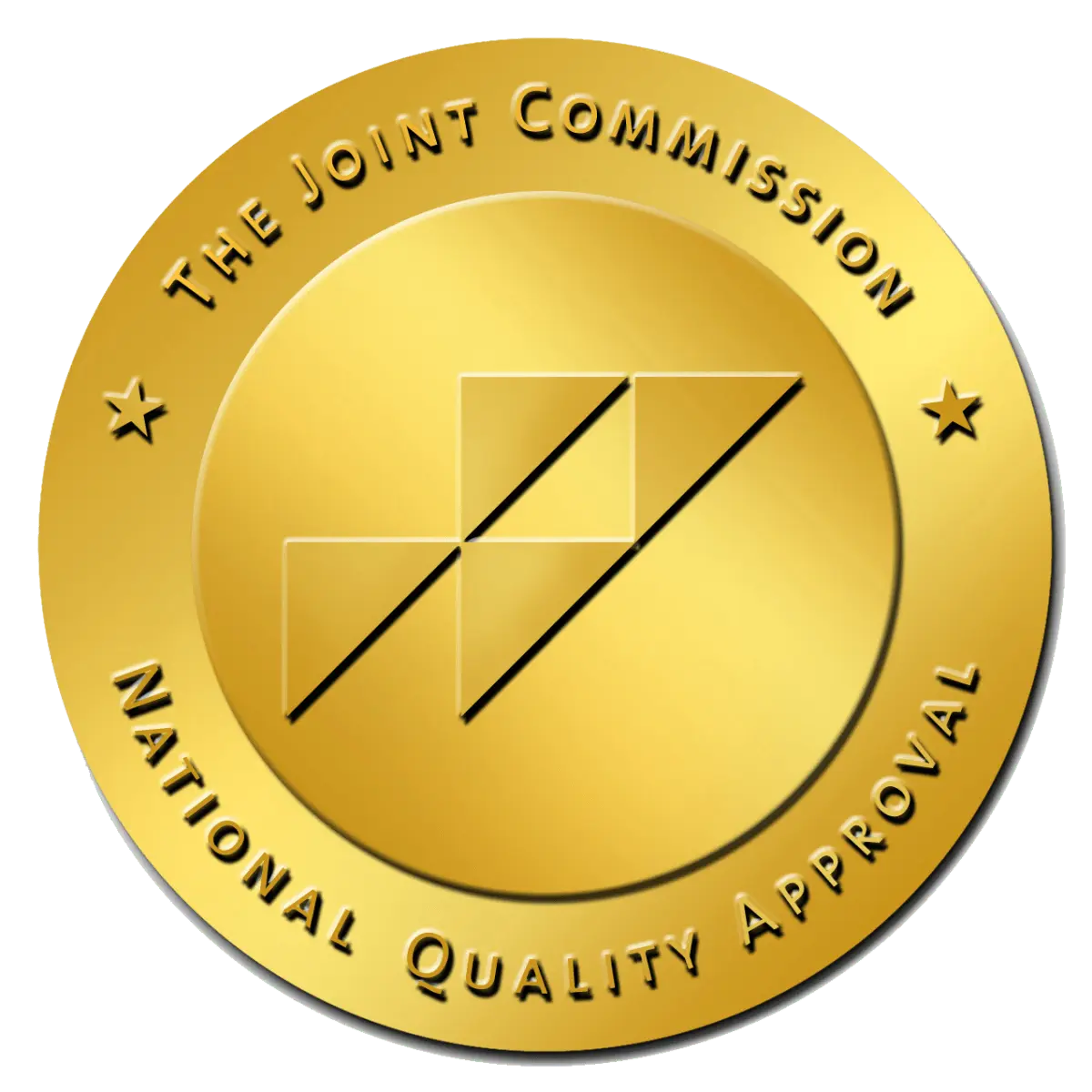Dangers of Mixing Fentanyl and Xylazine
Written by: Michelle Beaupre, PhD, LCSW | Reviewed by: Christian Small, MD
Mixing fentanyl and xylazine is an alarmingly dangerous practice that significantly increases the risk of severe health consequences, including overdose and death. Fentanyl, a synthetic opioid up to 100 times more potent than morphine, is frequently involved in overdose deaths, especially when combined with other substances. Xylazine, a veterinary tranquilizer not approved for human use, exacerbates these risks by causing profound sedation and central nervous system depression. Seeking comprehensive fentanyl addiction treatment is crucial for those affected to mitigate these severe risks and begin the path to recovery.
The combination of fentanyl and xylazine can lead to severe respiratory depression, drastically reducing the ability to breathe and potentially causing hypoxia, brain damage, or death. Additionally, the sedative effects of xylazine increase the likelihood of overdose and make it harder to reverse, even with opioid antagonists like naloxone. The cardiovascular complications of this mixture, such as severe hypotension and bradycardia, can lead to life-threatening events like cardiac arrest. According to the National Institute on Drug Abuse (NIDA), over 80,000 drug overdose deaths occurred in the United States in 2022, with synthetic opioids like fentanyl being the primary driver. This underscores the critical need for awareness and education about the lethal risks of combining these substances.

Immediate Risks of Mixing Fentanyl and Xylazine
Fentanyl is a powerful synthetic opioid that is significantly more potent than heroin or morphine. It works by binding to the body’s opioid receptors, leading to pain relief, euphoria, and potentially deadly respiratory depression. Xylazine, on the other hand, is a veterinary tranquilizer not approved for human use. It causes sedation, muscle relaxation, and central nervous system depression.
When fentanyl and xylazine are mixed, the combined depressant effects can lead to severe health risks:
- Severe Respiratory Depression: Both substances slow down breathing, and their combination can result in a life-threatening decrease in respiratory function. This can lead to hypoxia (lack of oxygen), brain damage, or death.
- Increased Risk of Overdose: The heightened potency and additive effects significantly increase the likelihood of overdose. Xylazine’s sedative properties make it harder to revive individuals even with opioid antagonists like naloxone.
- Cardiovascular Complications: The mixture can cause severe hypotension (low blood pressure), bradycardia (slow heart rate), and other cardiovascular issues, potentially leading to cardiac arrest and other life-threatening events.
The rise in the illicit drug market has seen an increase in xylazine being mixed with fentanyl to enhance effects and extend the high. Users are often unaware that their drugs contain xylazine, which increases the risk of unintentional overdose and severe health complications.
Understanding Fentanyl and Xylazine
To fully grasp the dangers of mixing fentanyl and xylazine, it’s essential to understand each drug’s individual effects and risks.
Fentanyl
Fentanyl is an opioid analgesic used medically to manage severe pain. Due to its potency—up to 100 times stronger than morphine—it is frequently involved in overdose deaths, particularly when mixed with other substances. Fentanyl is classified as a Schedule II narcotic under the United States Controlled Substances Act of 1970, indicating its high potential for abuse and dependence. This drug works by binding to the body’s opioid receptors, leading to pain relief and euphoria but also causing potentially deadly respiratory depression.
Xylazine
Veterinarians use xylazine as a sedative and muscle relaxant for animals. It is not safe for human consumption and can cause severe side effects, including:
- Xylazine Sores: Chronic use can lead to severe skin ulcers, known as xylazine sores, which are painful and difficult to treat.
- Central Nervous System Depression: This can lead to drowsiness, hypotension, and bradycardia, further complicating the health risks when mixed with other depressants like fentanyl.
Illicit drug markets are increasingly finding xylazine mixed with fentanyl, often without users’ knowledge, which significantly increases the risk of overdose and severe health complications.
The Lethal Combination
When fentanyl and xylazine are used together, their effects on the body amplify, leading to severe and often fatal outcomes. Understanding these compounded risks is crucial for grasping the full extent of their danger.
Respiratory Depression
Both fentanyl and xylazine significantly suppress the respiratory system. When combined, they can cause profound respiratory depression, which drastically reduces the ability to breathe. This can lead to insufficient oxygen supply to the brain and other vital organs, resulting in hypoxia, coma, or death. The compounded effect of these substances on the respiratory system makes this combination particularly lethal.
Cardiovascular Effects
The combination of fentanyl and xylazine can severely depress heart function. This can result in dangerously low blood pressure (hypotension) and a slow heart rate (bradycardia). These conditions can lead to cardiac arrest and other life-threatening cardiovascular events. The additive depressive effects on the heart and circulatory system make the use of these drugs together extremely hazardous.
Increased Risk of Overdose
The unpredictable potency of fentanyl, especially when mixed with other substances, significantly increases the risk of overdose. Xylazine’s additional depressive effects exacerbate this risk, making it harder to revive individuals even with opioid antagonists like naloxone. This challenge is compounded by the widespread availability and increasing presence of fentanyl-laced products in the illicit drug market. In 2023, the DEA seized more than 80 million fentanyl-laced fake pills and nearly 12,000 pounds of fentanyl powder, highlighting the widespread availability and danger of these substances. This proliferation complicates treatment efforts and increases mortality rates, as users are often unaware of the presence of xylazine in their drugs, leading to unintentional overdoses.
By understanding these severe risks, it becomes evident how critical it is to address the issue of mixing fentanyl and xylazine, both in terms of public health education and substance abuse treatment.
Long-term Effects and Challenges
Beyond the immediate risks, mixing fentanyl and xylazine can have severe long-term health consequences. Understanding these impacts is essential for comprehending the full potential dangers of these substances.
Physical Health Deterioration
Chronic use of fentanyl and xylazine can lead to severe physical health issues. Xylazine sores, which are painful and difficult to treat skin ulcers, are a common consequence of prolonged xylazine use. Additionally, both drugs can cause significant organ damage and a weakened immune system due to the constant state of sedation and physical neglect. This combination can severely deteriorate the body’s overall health, making recovery more challenging.
Mental Health Decline
The combination of fentanyl and xylazine can lead to severe mental health issues. Users may experience increased depression, anxiety, and cognitive impairment. The psychological impact of addiction, coupled with the constant threat of overdose, can further deteriorate an individual’s mental health. This combination can create a vicious cycle of substance abuse and mental health decline, making it difficult for individuals to break free from their addiction.
Addiction and Withdrawal
Fentanyl is highly addictive, and its use can quickly lead to physical dependency. The withdrawal process and timeline from fentanyl is particularly challenging, with symptoms including severe cravings, anxiety, muscle pain, and insomnia, typically lasting from a few days to several weeks. Xylazine complicates this process by adding additional withdrawal symptoms, making detoxification more difficult.
Additional Complications
The illicit nature of these substances adds another layer of complexity. Users are often unaware of the exact composition of the drugs they are taking, leading to accidental overdoses and complications. The presence of xylazine in street drugs is increasingly common, further heightening the risks associated with its use.
By understanding these long-term effects and challenges, it becomes clear how critical it is to address the issue of mixing fentanyl and xylazine through comprehensive public health strategies and robust addiction treatment programs.

Treatment and Recovery for Addiction
Addressing addiction to fentanyl and xylazine requires comprehensive treatment that includes medical detox, behavioral therapy, and long-term support. At Villa Oasis, we offer a range of services to help individuals recover from substance abuse, including residential treatment, outpatient programs, detox services, and sober living.
Medical Detox
Detoxing from fentanyl, especially when mixed with xylazine, should be done under medical supervision to manage withdrawal symptoms and prevent complications. Medical professionals can provide medications and support to ease the detox process.
Behavioral Therapy
Therapies such as Cognitive Behavioral Therapy (CBT), Dialectical Behavior Therapy (DBT), and other evidence-based treatments can help individuals understand the root causes of their addiction and develop coping strategies.
Long-term Support
Recovery is an ongoing process that requires long-term support. Sober living environments, ongoing therapy, and support groups can provide the necessary structure and community to maintain sobriety.
The dangers of mixing fentanyl and xylazine cannot be overstated. The combination significantly increases the risk of severe health consequences, including overdose and death. Understanding these risks and seeking comprehensive treatment is crucial for individuals struggling with addiction. The presence of blue fentanyl, which often contains dangerous additives like xylazine, further heightens these risks. At Villa Oasis, we are committed to providing the highest level of care to help individuals overcome substance abuse and lead healthier, fulfilling lives. If you or a loved one is struggling with addiction, contact us today to learn more about our treatment programs and start your journey to recovery.

